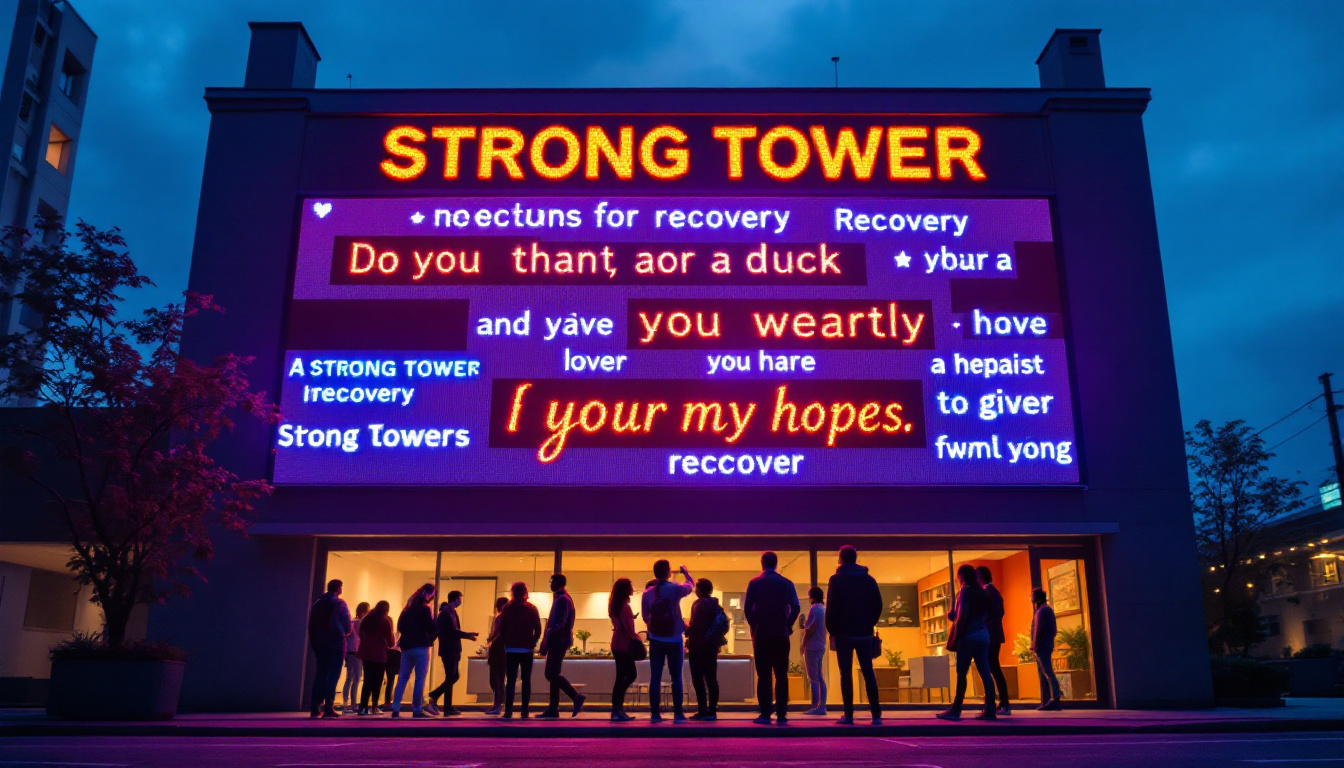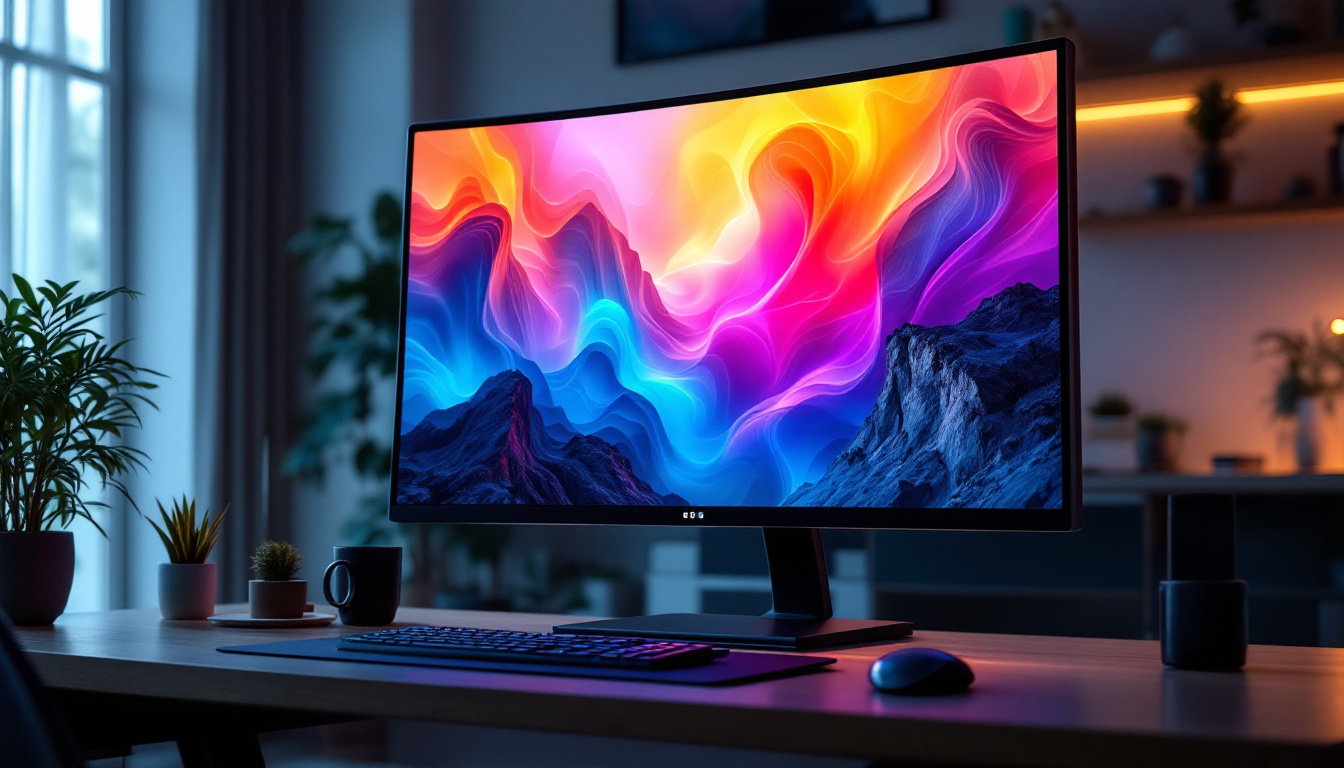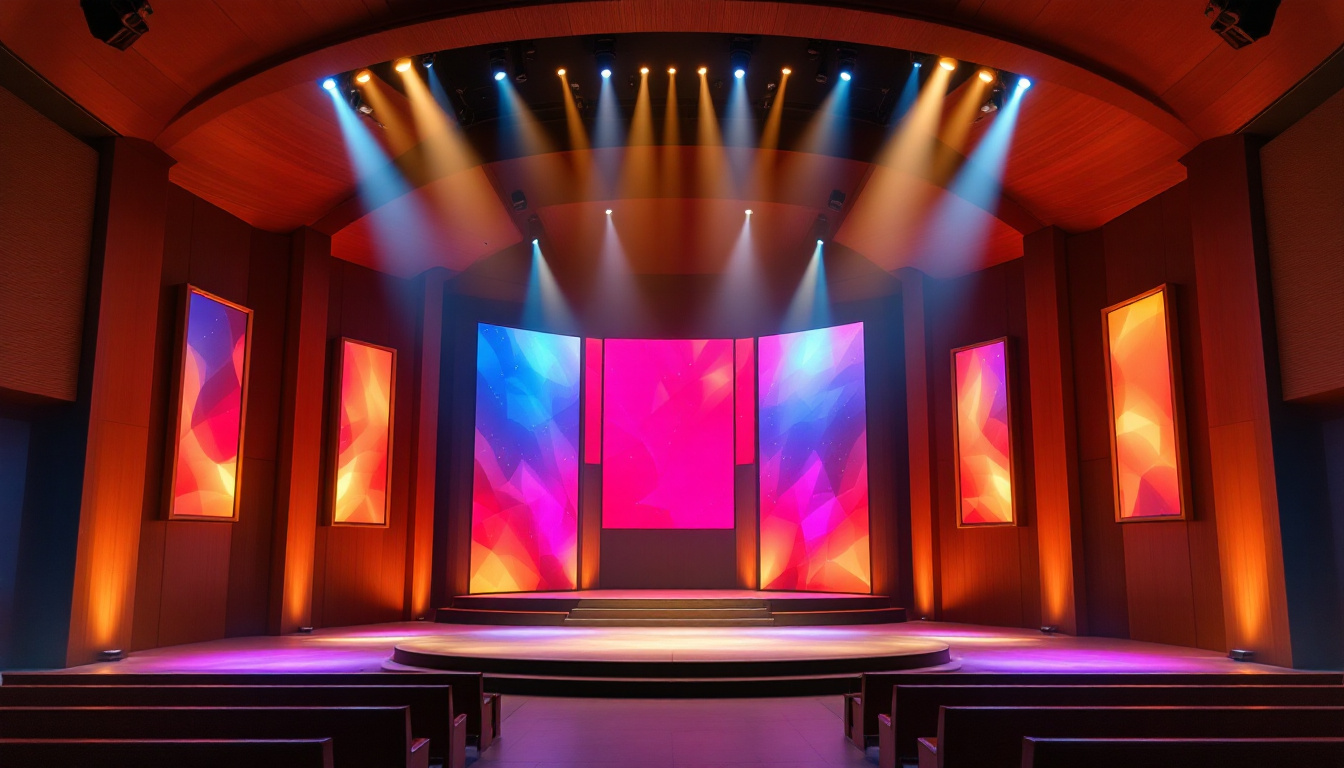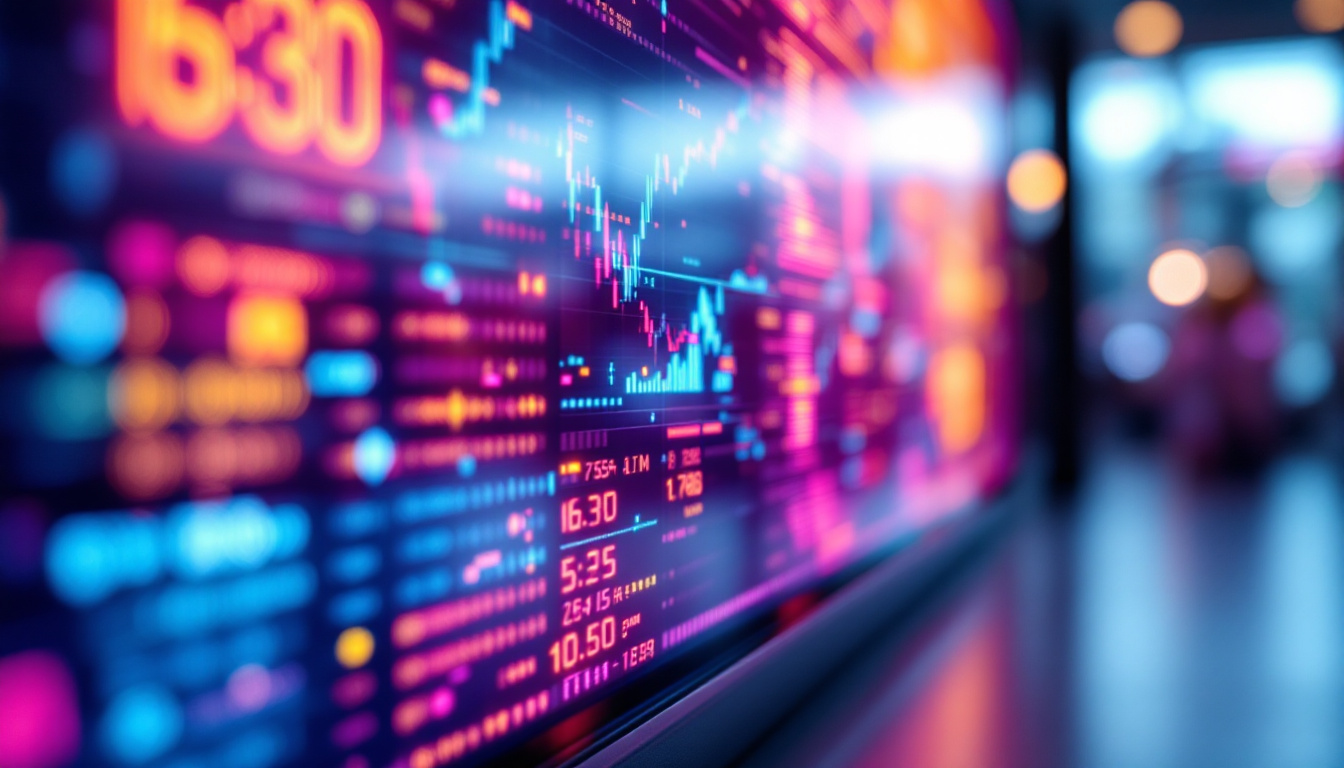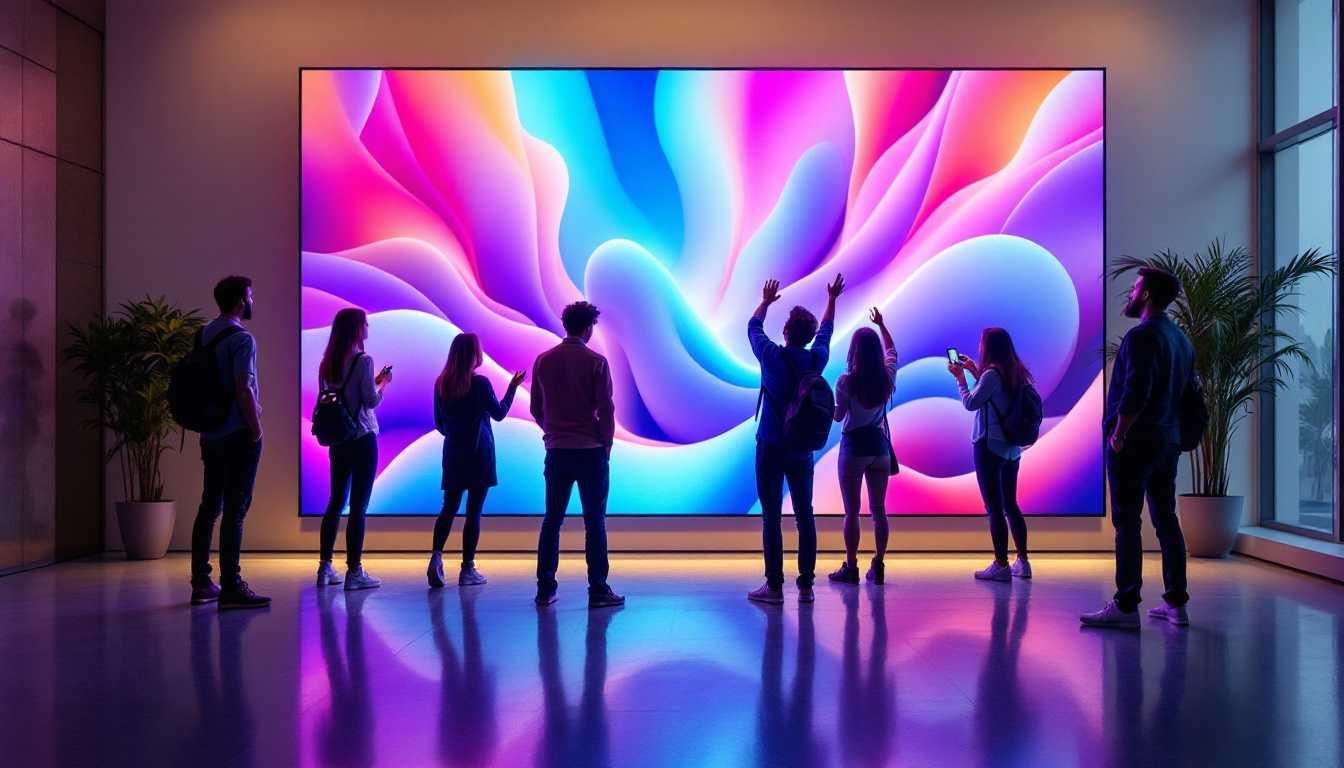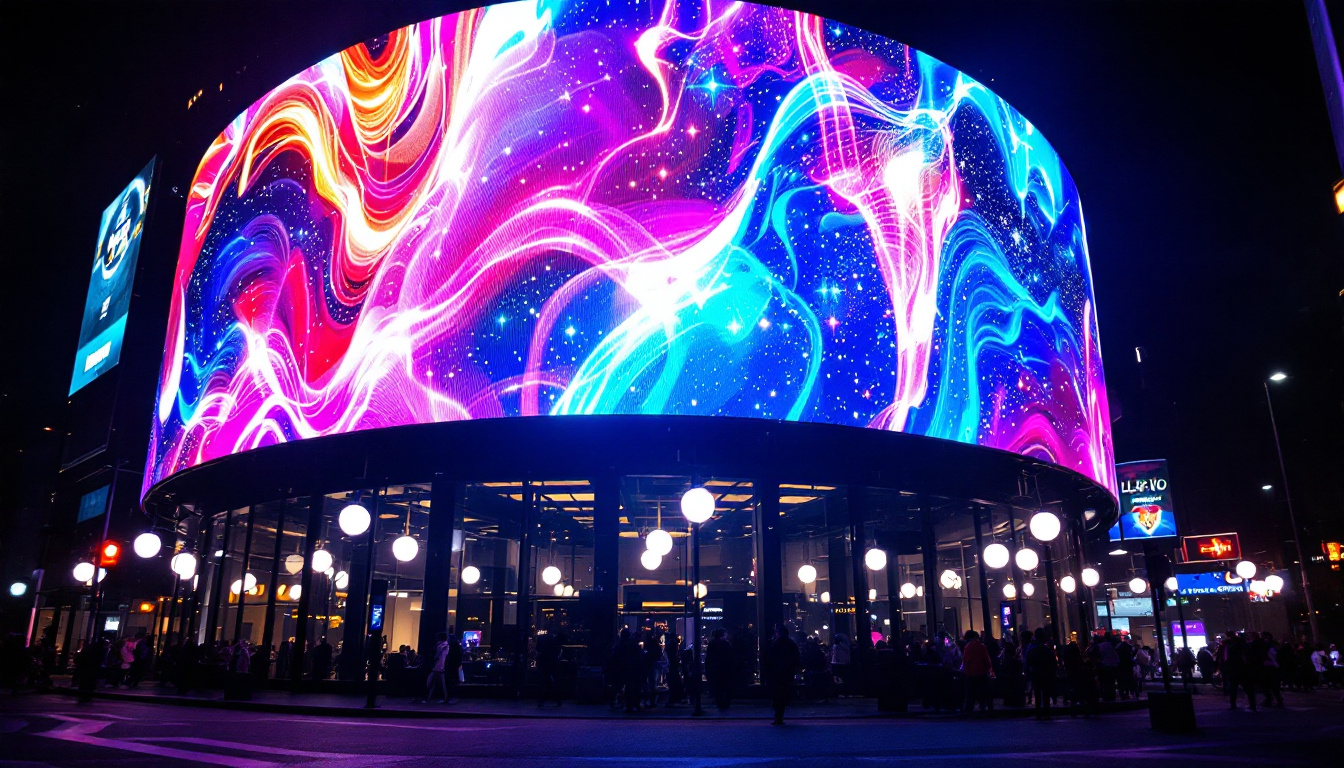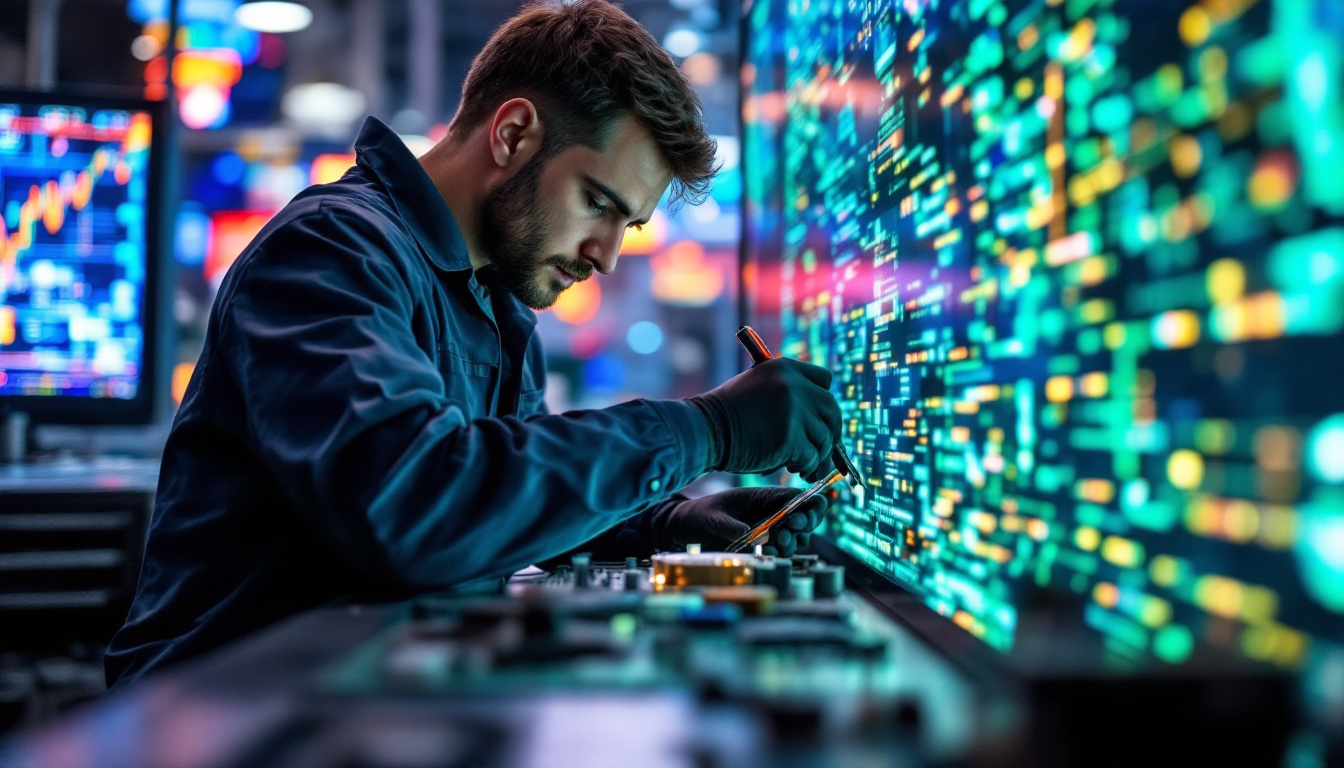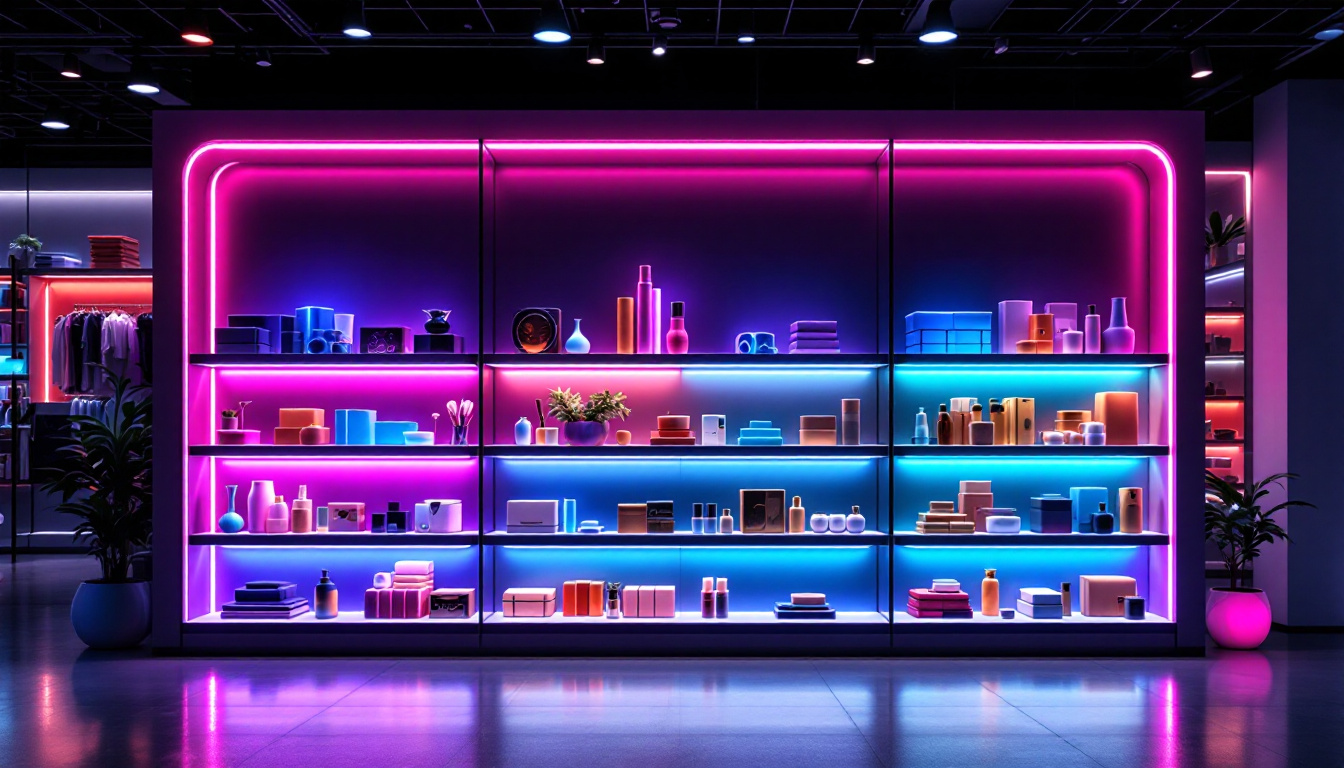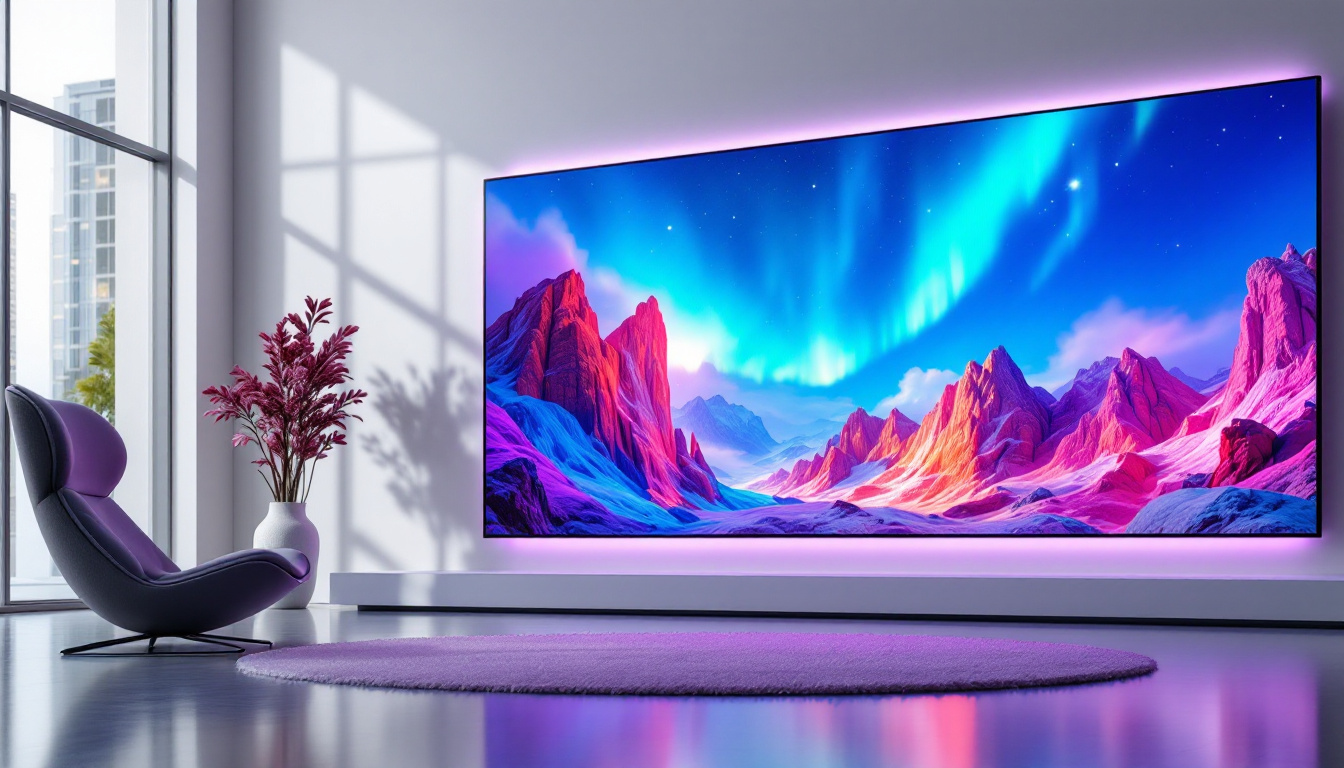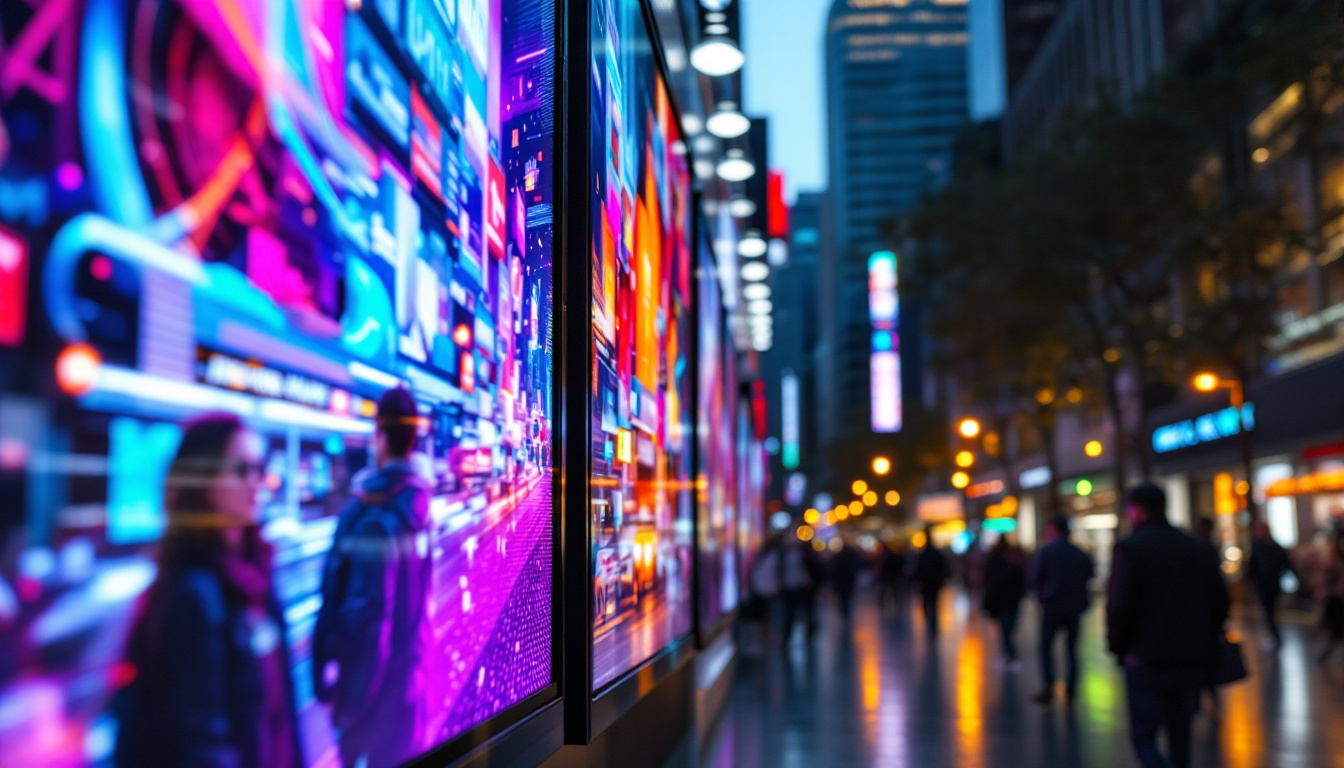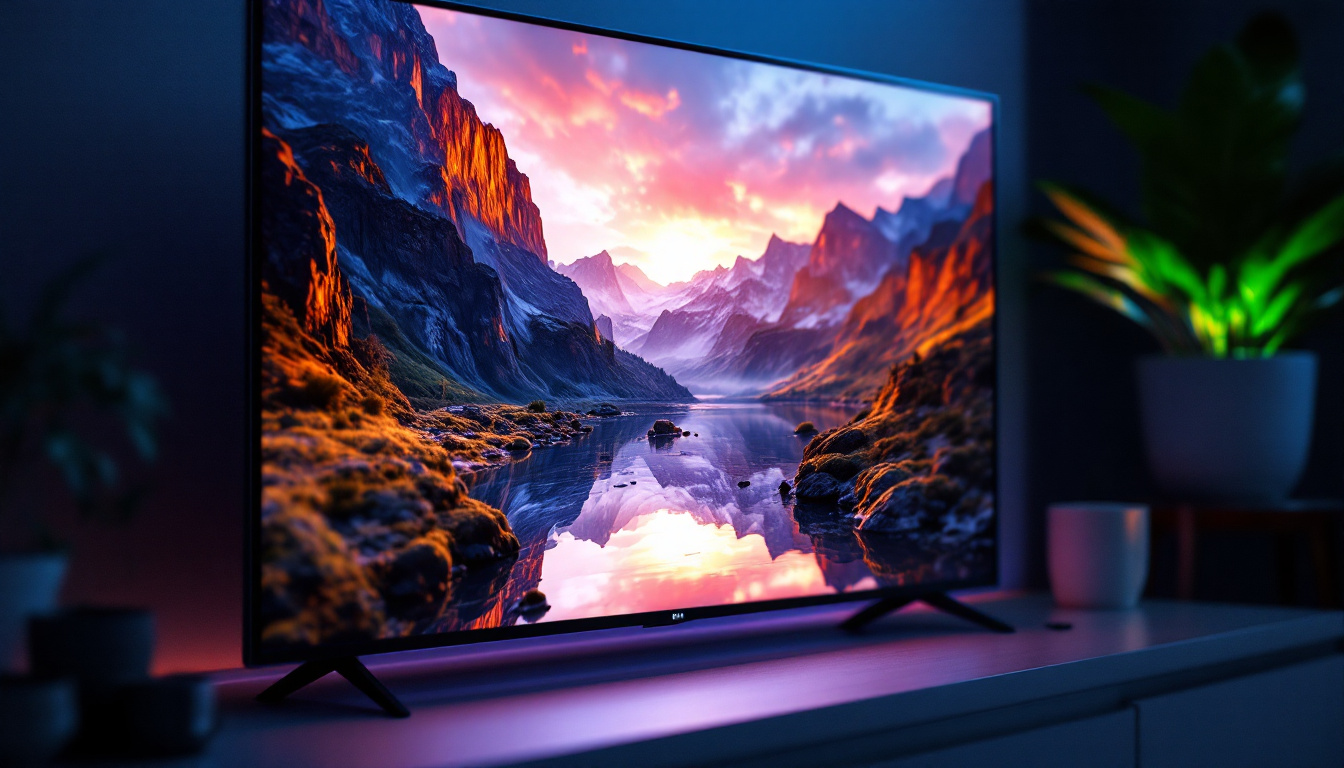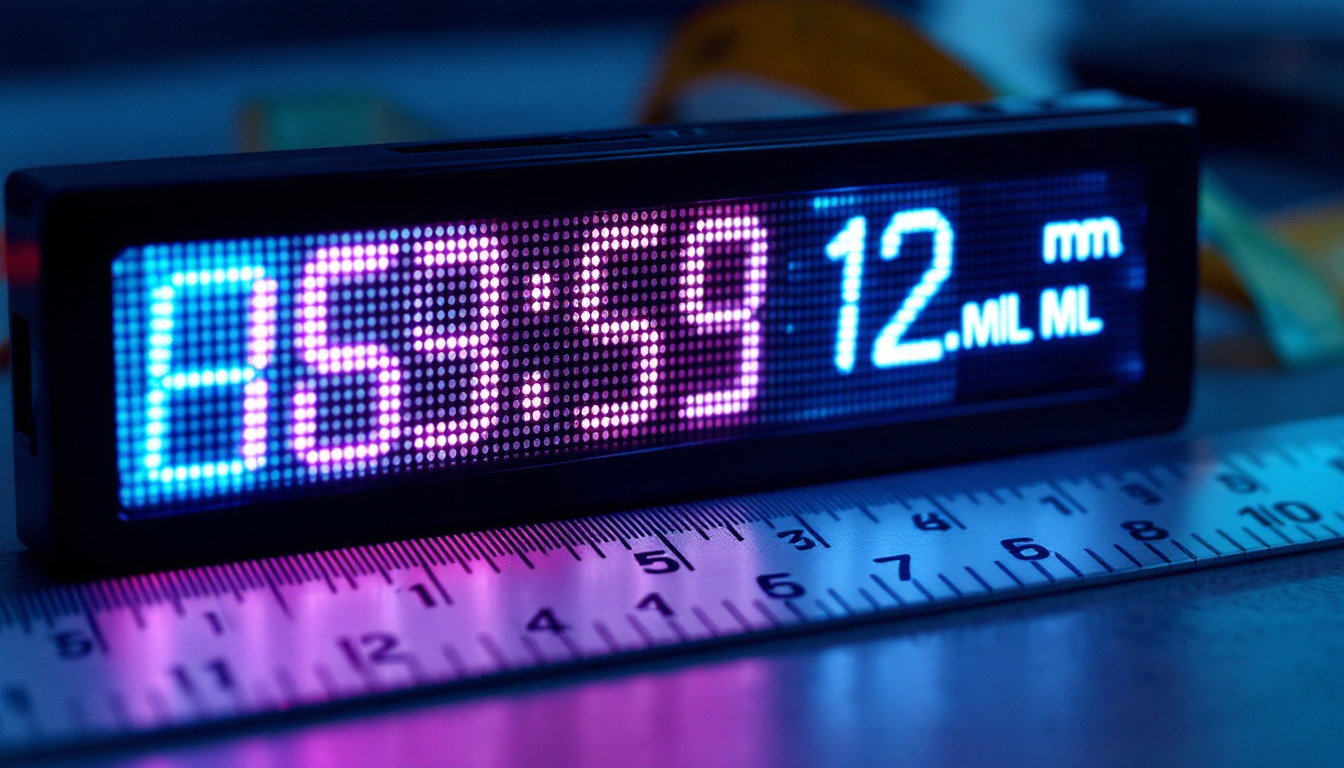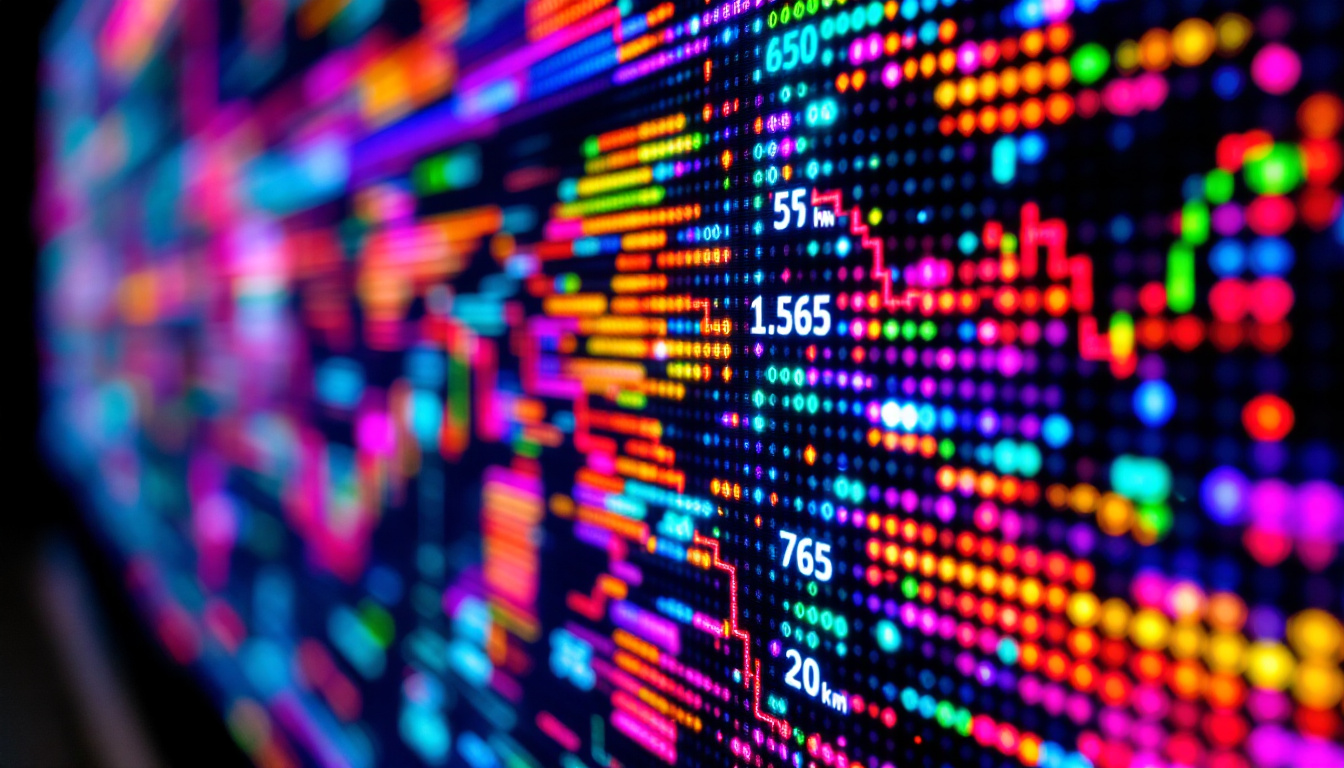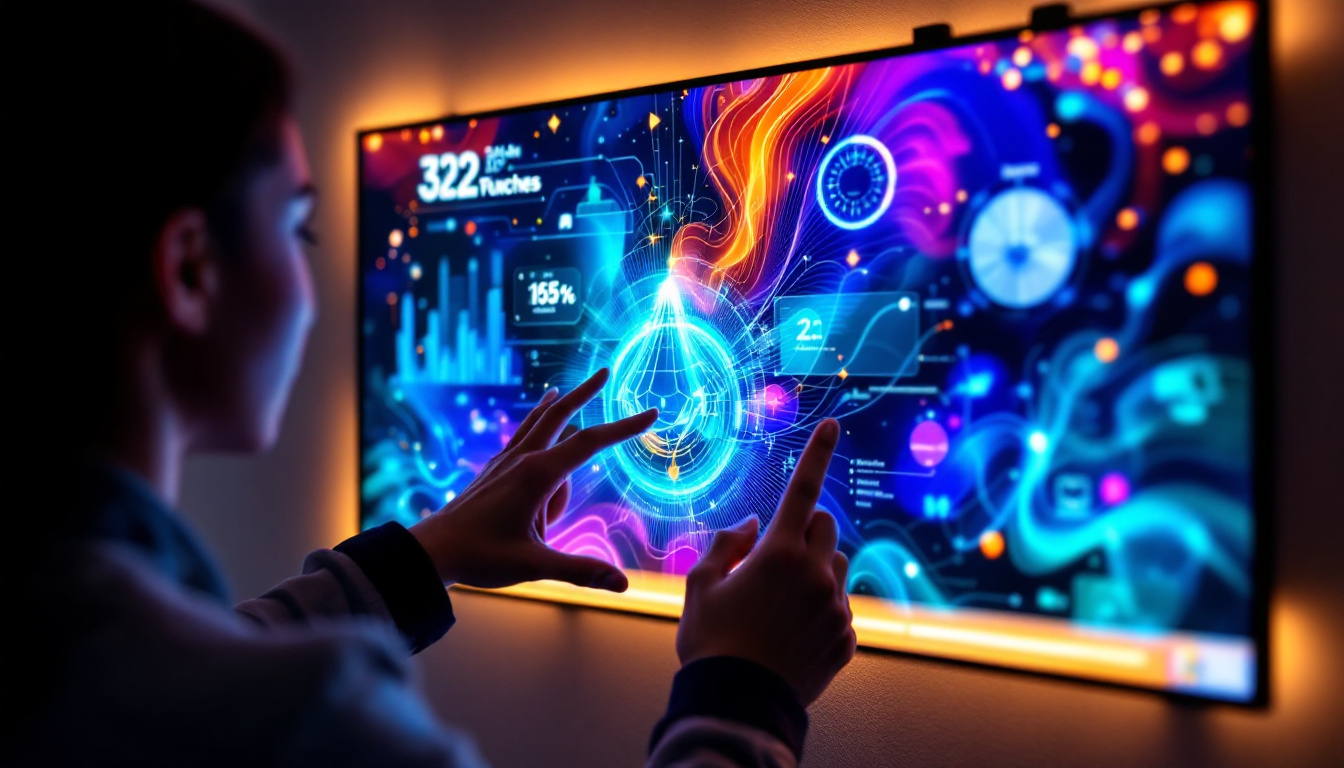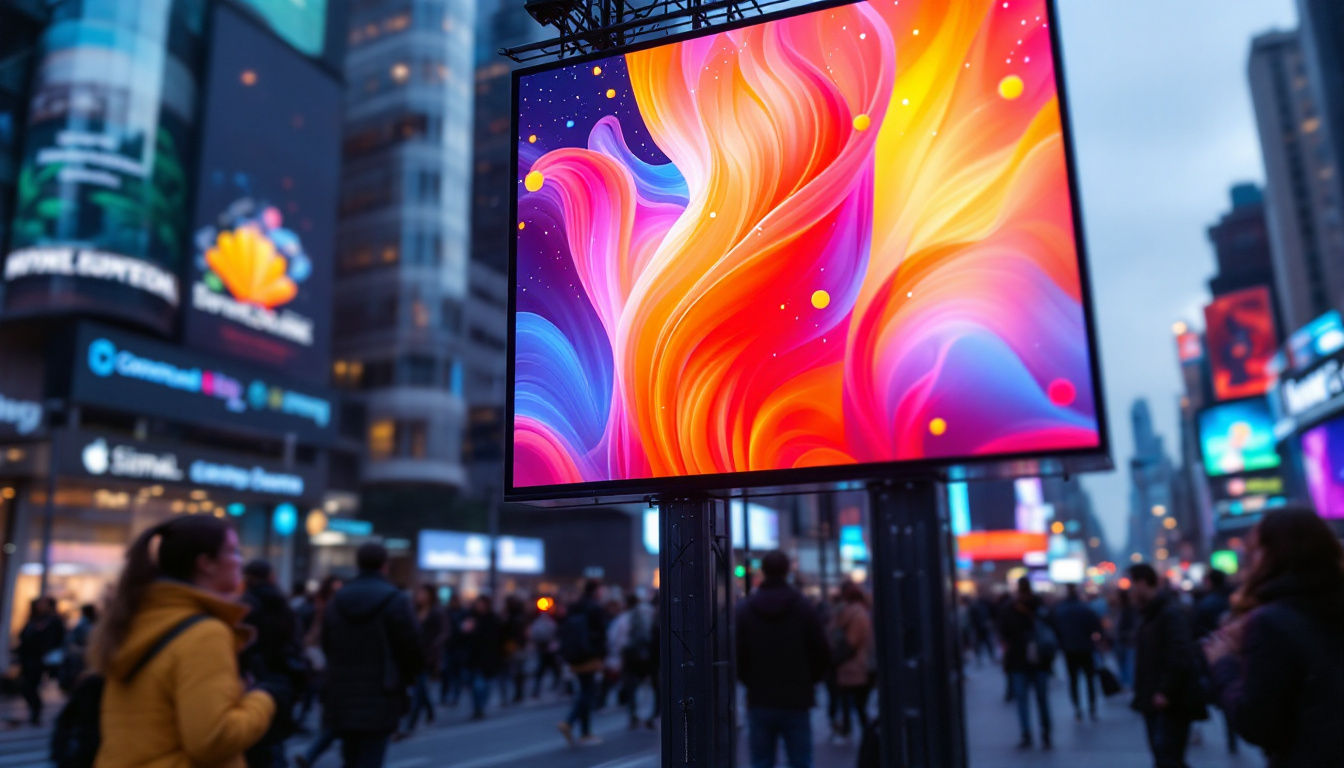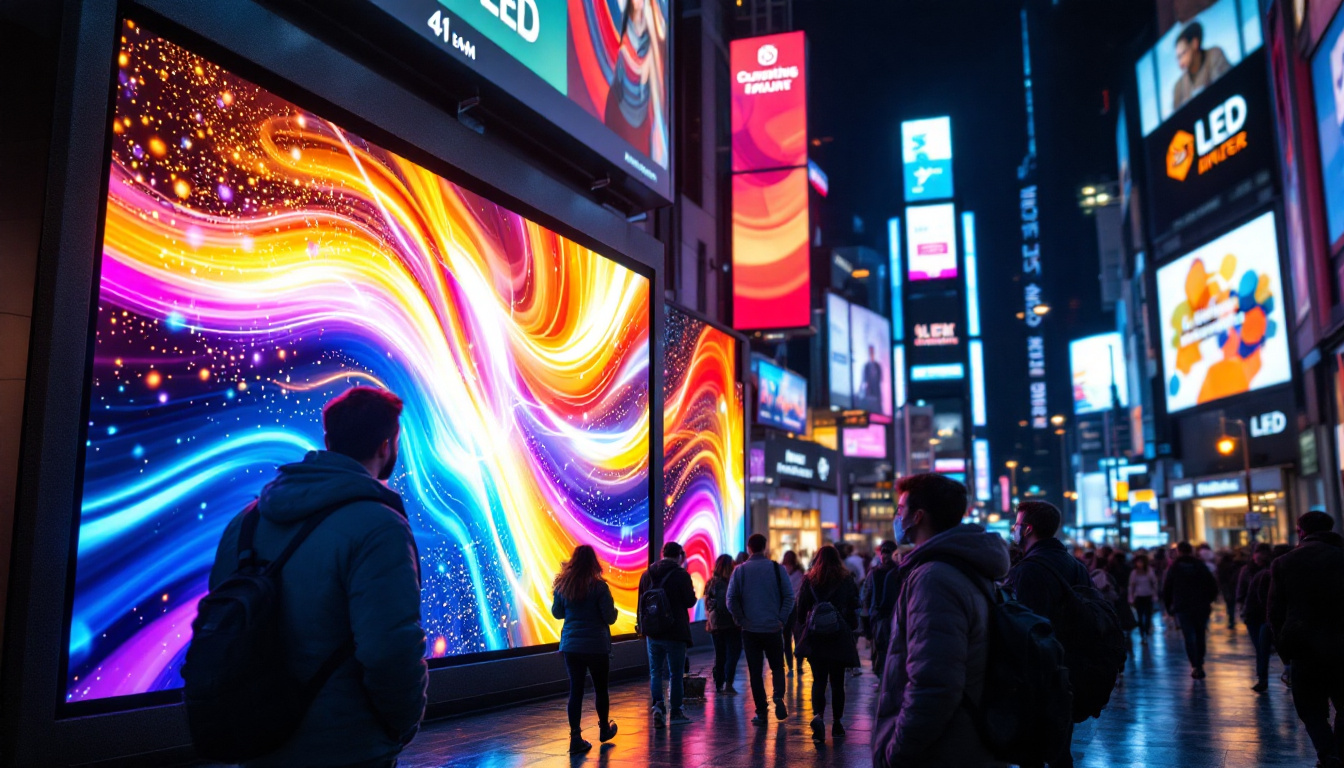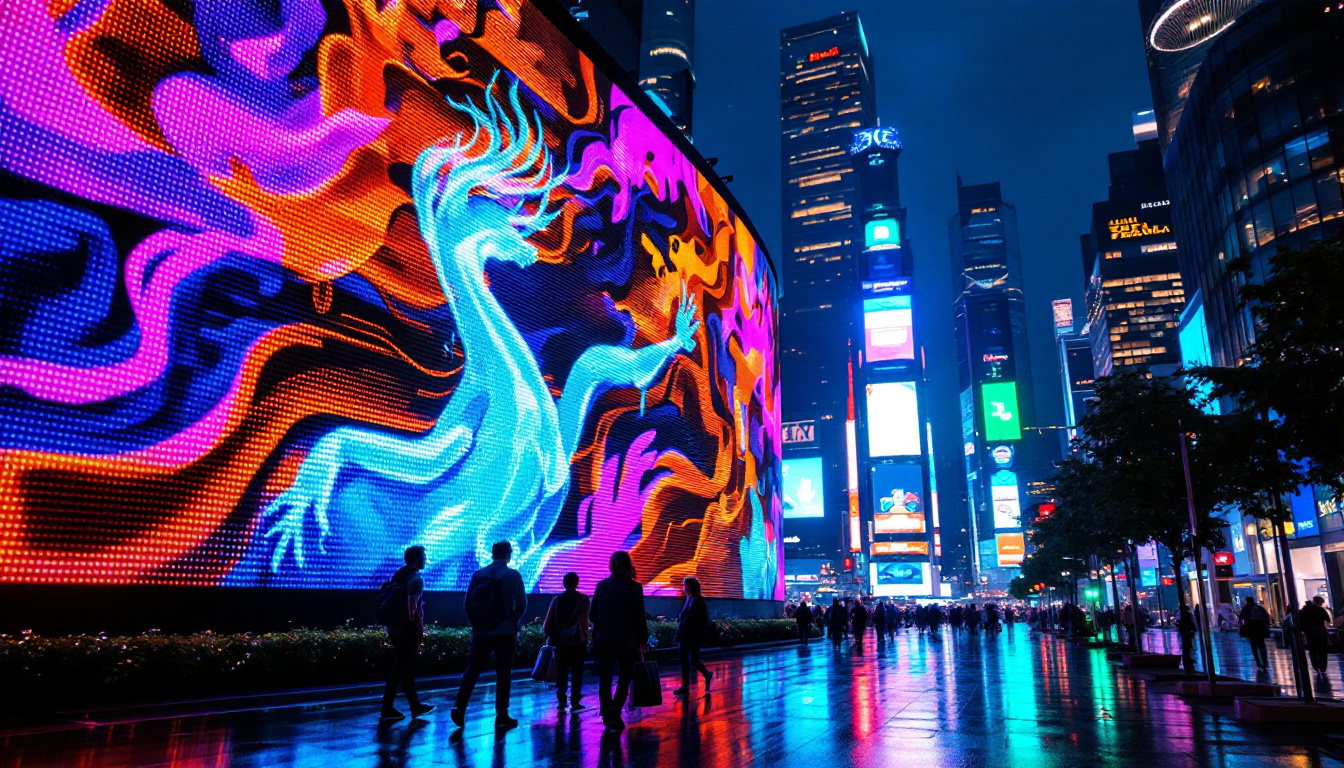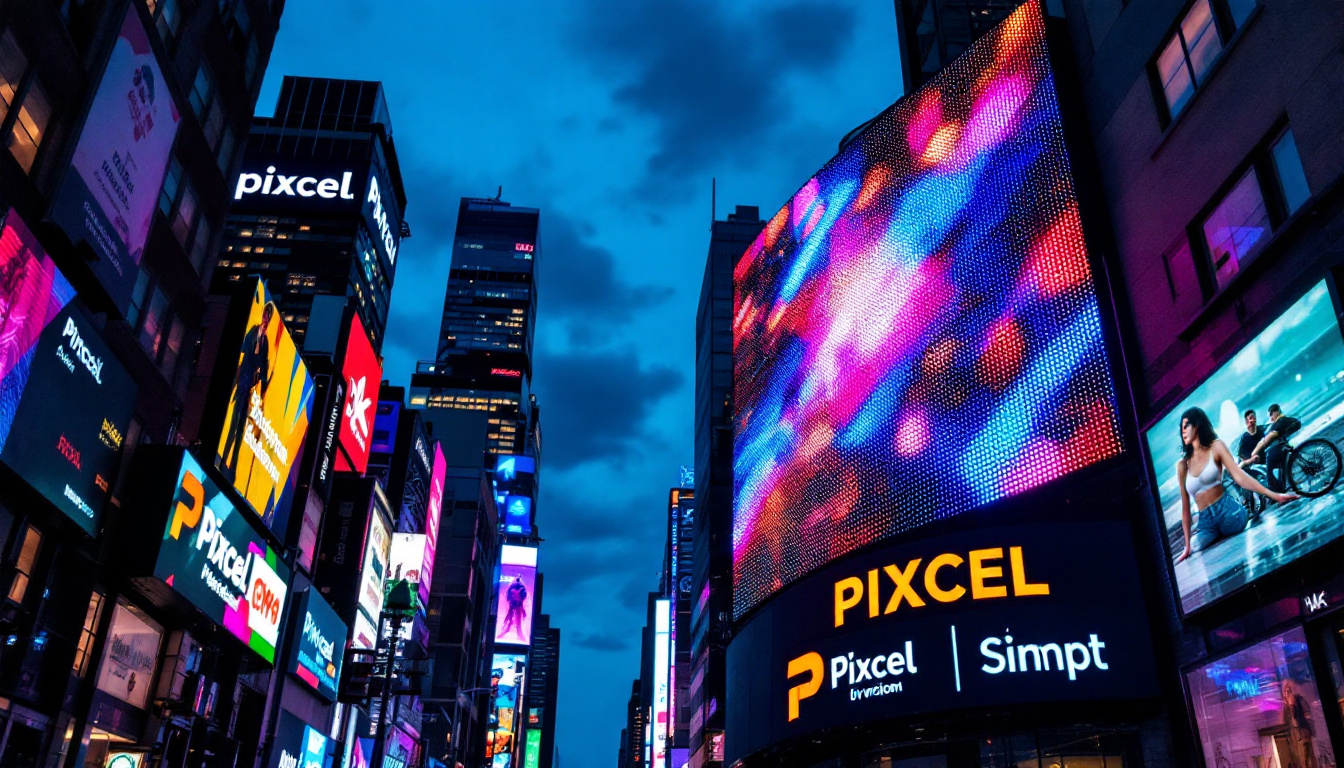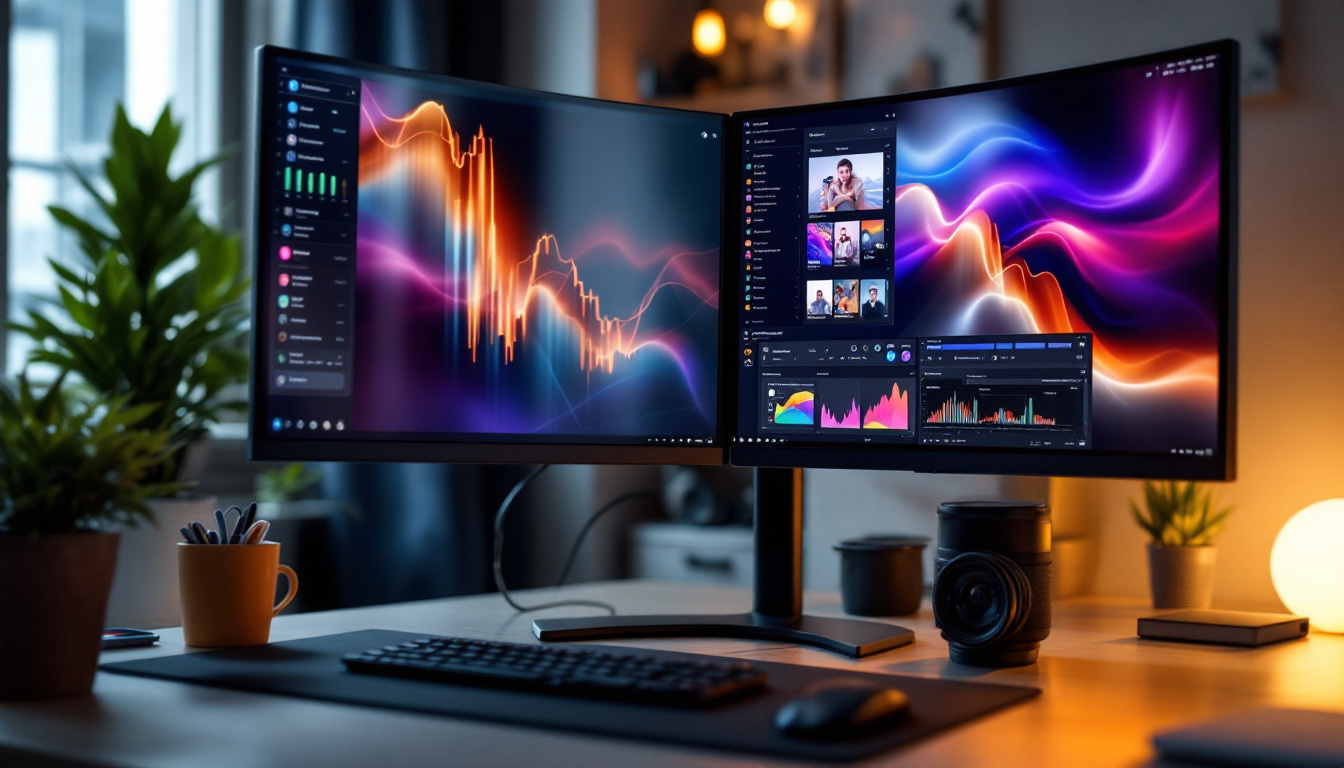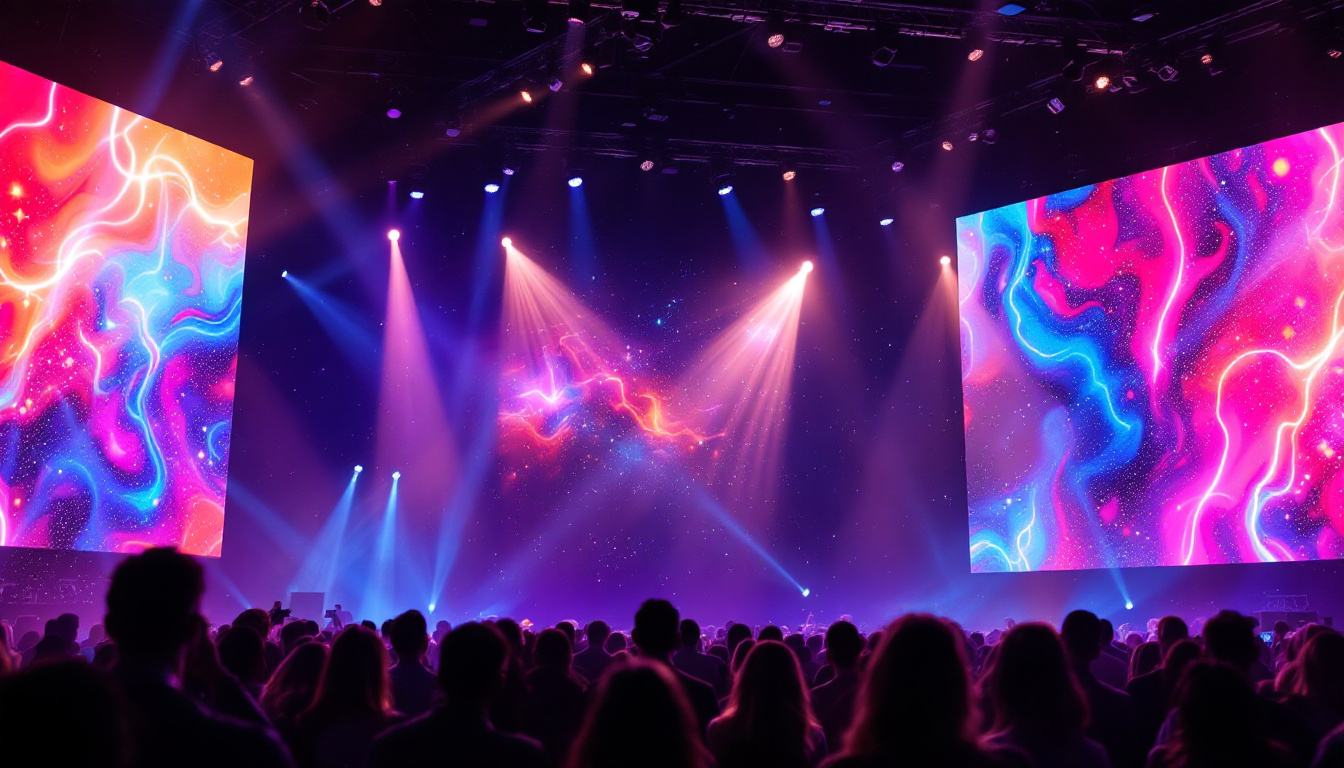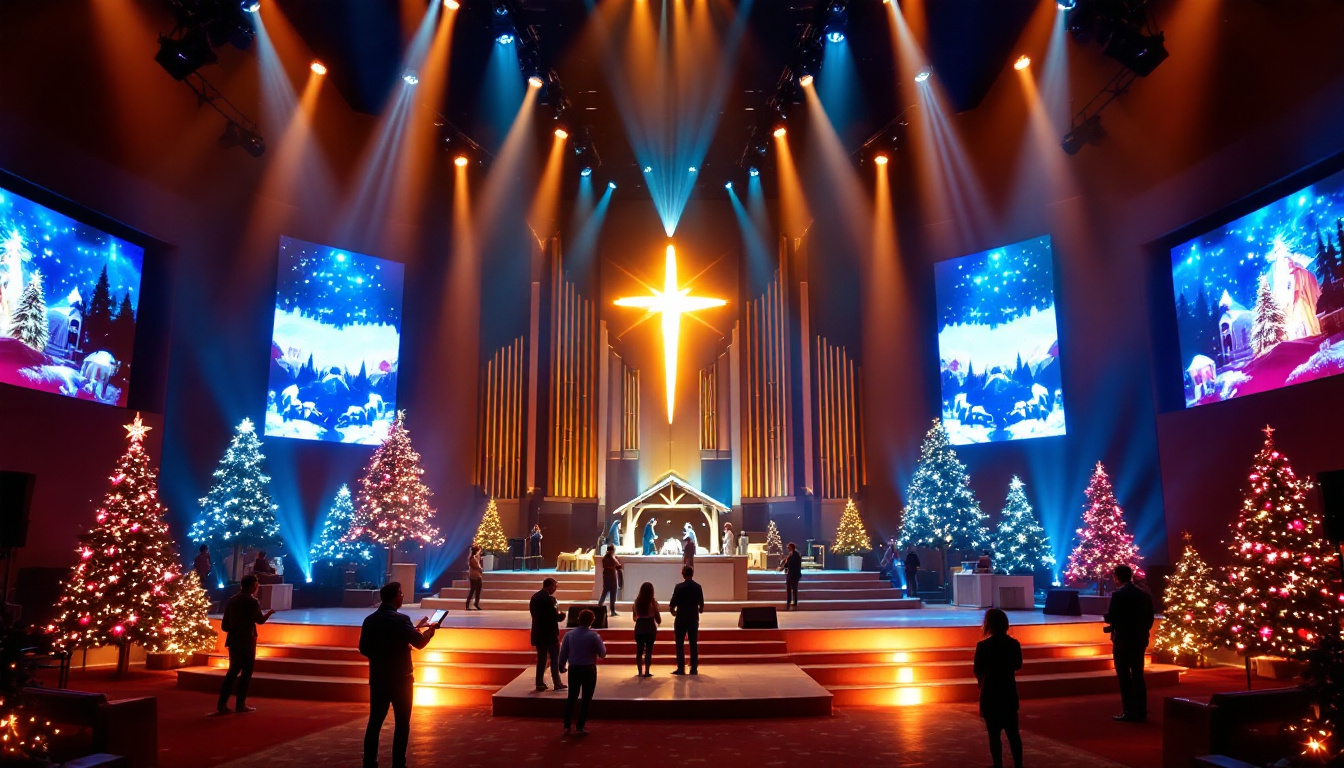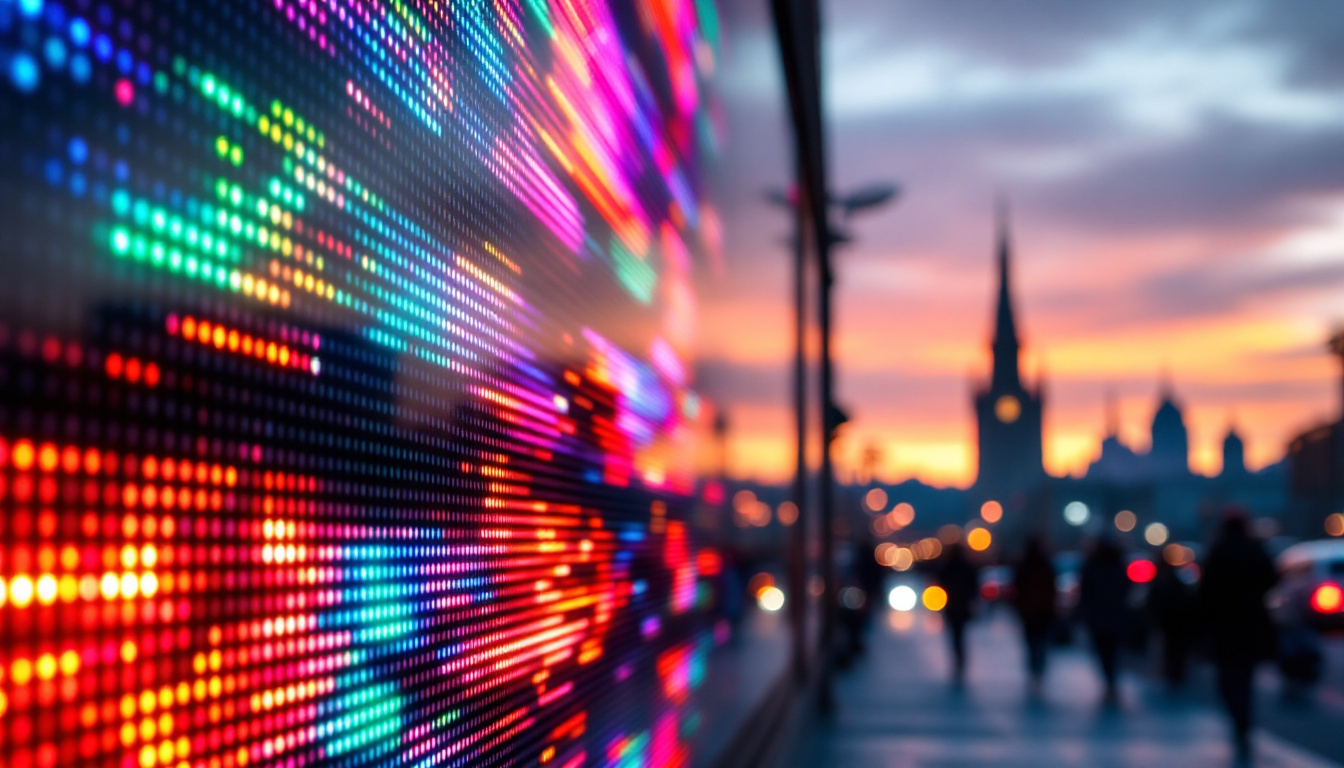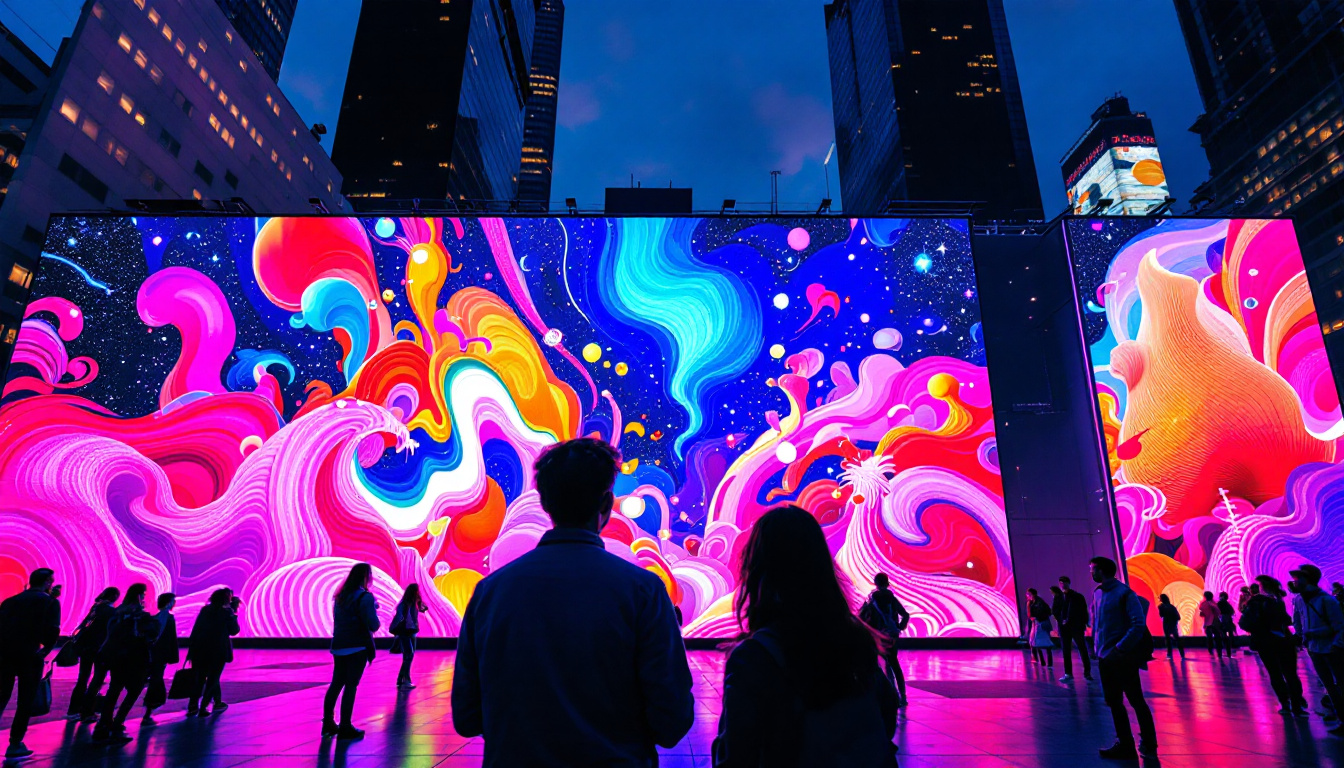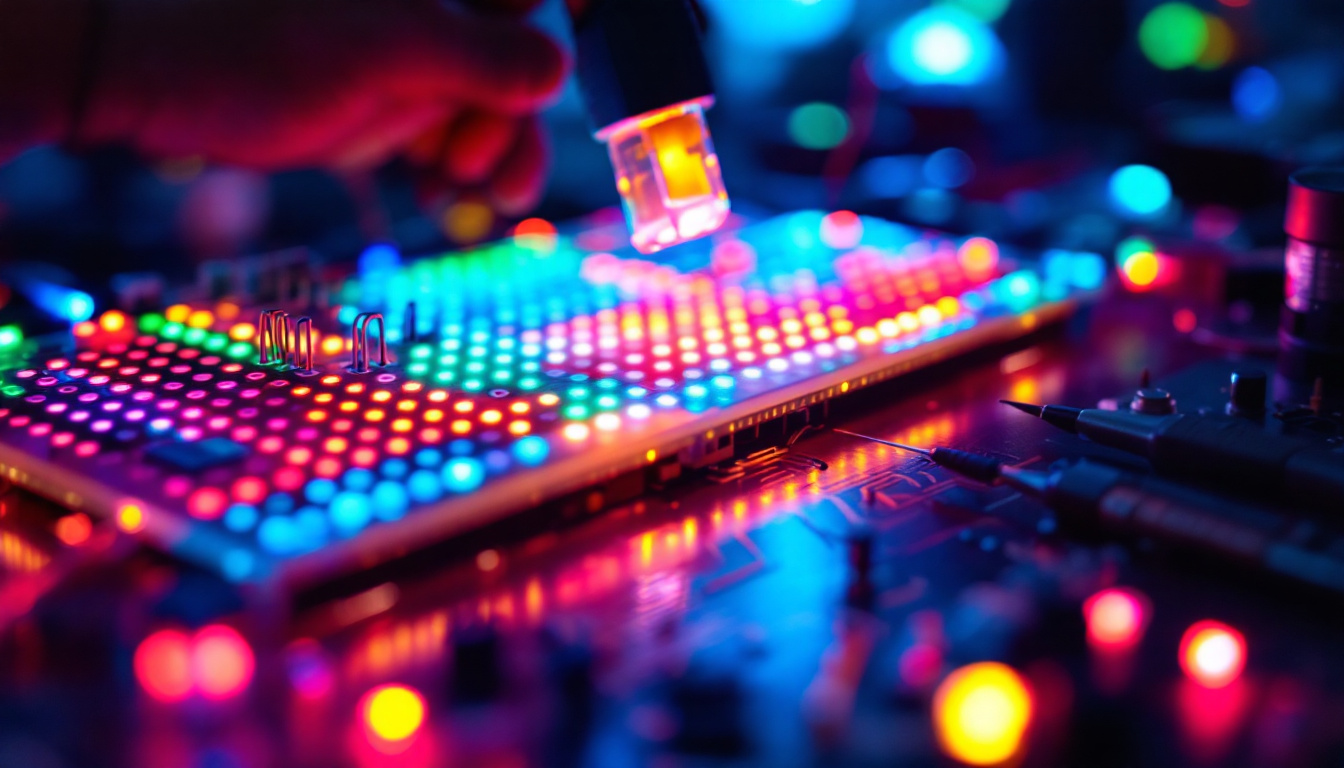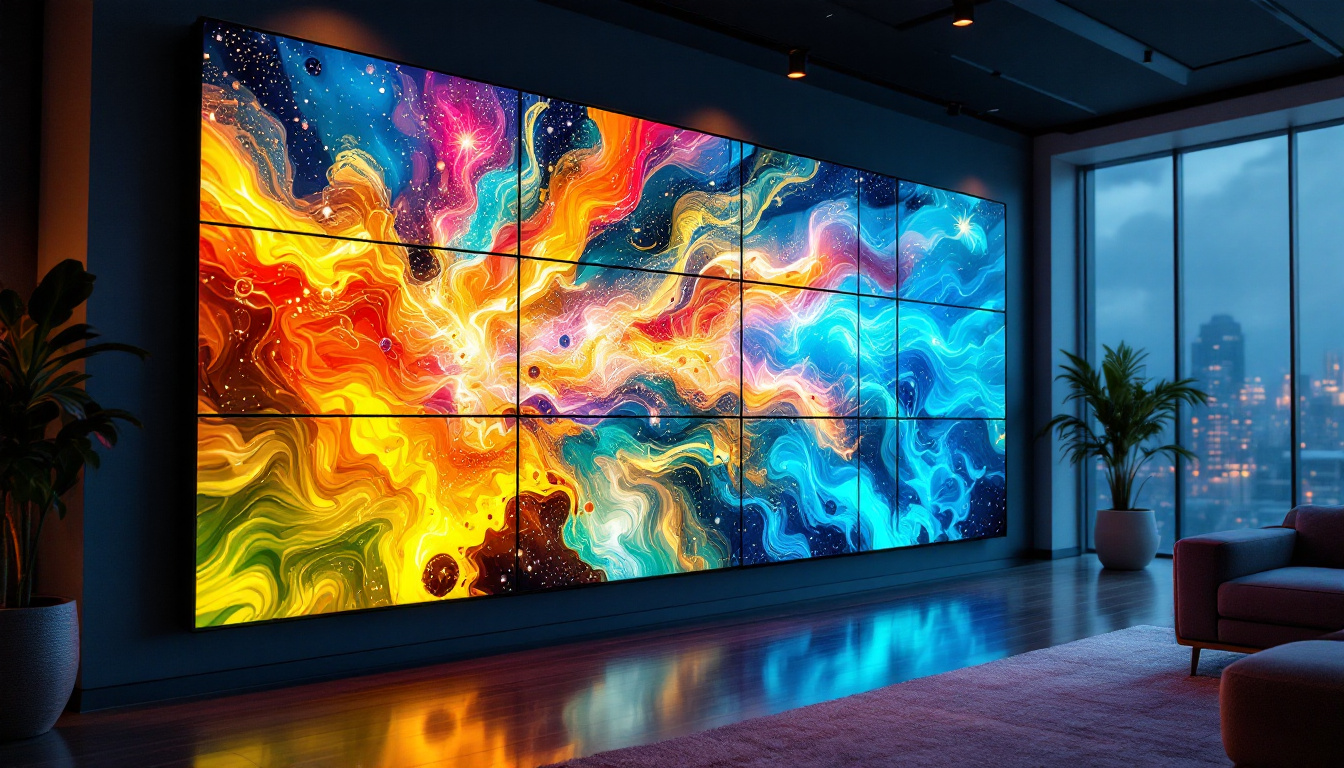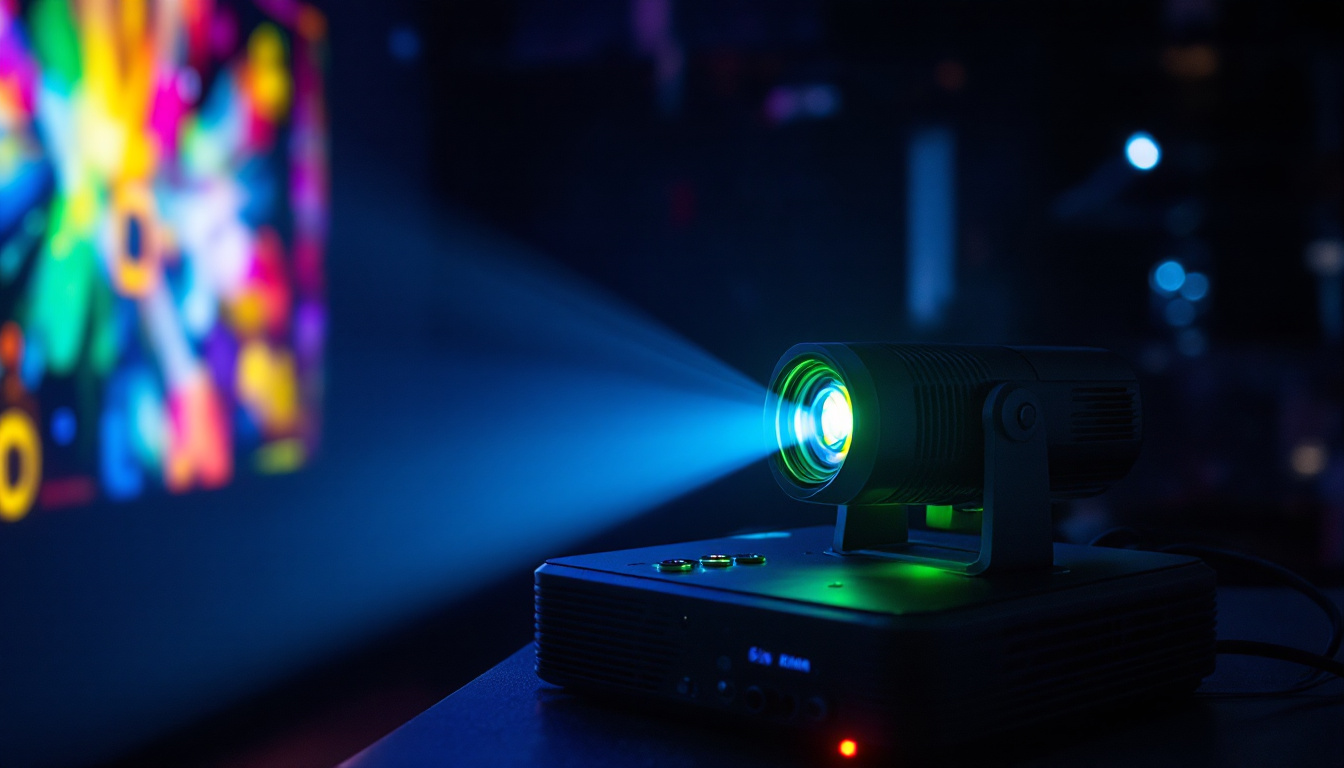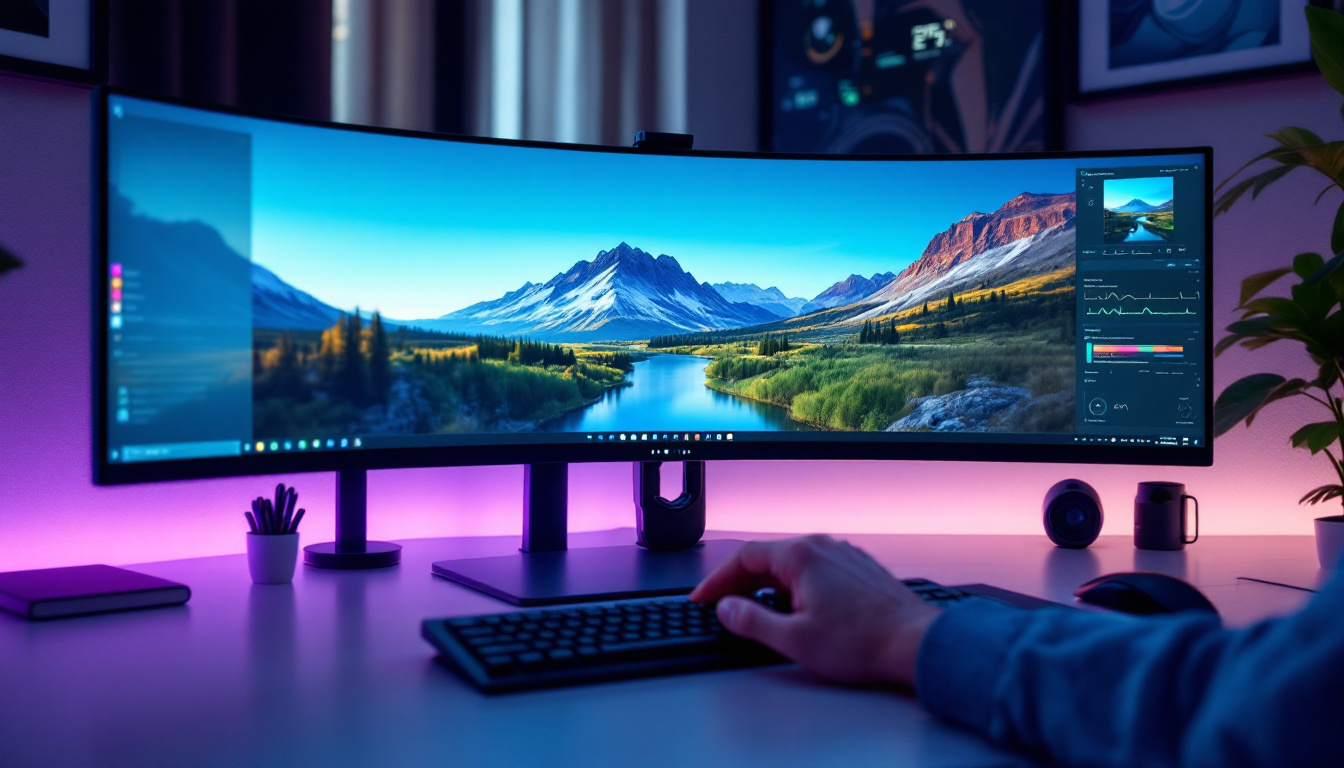In the realm of addiction recovery, effective communication plays a pivotal role. Strong Tower Drug Rehab, a leading facility in the field, has embraced innovative technologies to enhance its outreach and support services. One such technology is the LED display, which serves as a powerful tool for conveying vital information and fostering community engagement. This article delves into the significance of LED displays in the context of drug rehabilitation, exploring their functionalities, benefits, and the impact they have on both patients and the wider community.
Understanding LED Displays
LED displays, or light-emitting diode displays, are electronic screens that utilize LED technology to present information visually. These displays can range from small screens used in personal devices to large billboards that dominate city landscapes. In the context of rehabilitation centers like Strong Tower, LED displays serve multiple purposes, from providing information to creating an inviting atmosphere.
How LED Displays Work
LED displays function by illuminating individual pixels with light emitted from diodes. This technology allows for vibrant colors and sharp images, making the content easily readable from various distances. The displays can be programmed to showcase static images, scrolling text, or dynamic videos, providing a versatile platform for communication.
Typically, LED displays are controlled by software that allows operators to update content in real-time. This capability is particularly beneficial for organizations like Strong Tower, as it enables them to share timely information about programs, events, and resources available to individuals seeking recovery.
Types of LED Displays
There are several types of LED displays that can be utilized in a rehabilitation setting. Indoor displays are often used in waiting areas and common rooms, while outdoor displays can be positioned prominently to attract attention from passersby. Each type serves a unique purpose, contributing to the overall mission of the facility.
For instance, indoor displays may feature motivational quotes, success stories, and information about upcoming workshops, while outdoor displays can announce community events or provide contact information for those in need of assistance. This strategic placement ensures that the message reaches the intended audience effectively.
The Role of LED Displays in Drug Rehabilitation
In a drug rehabilitation setting, communication is crucial for fostering a supportive environment. LED displays can play a significant role in this regard, serving as a bridge between the facility and the community. By providing clear and accessible information, these displays can help demystify the recovery process and encourage individuals to seek help.
Informational Outreach
One of the primary functions of LED displays at Strong Tower Drug Rehab is to disseminate information. Whether it’s details about available treatment programs, schedules for support group meetings, or educational resources on addiction, these displays ensure that essential information is readily available to both patients and their families.
Moreover, the dynamic nature of LED displays allows for the quick dissemination of updates. For example, if a new program is introduced or if there are changes to existing schedules, this information can be communicated instantly, ensuring that everyone is kept in the loop.
Creating a Supportive Environment
Beyond mere information sharing, LED displays contribute to creating a welcoming and supportive atmosphere within the rehab facility. By showcasing positive messages, testimonials from former patients, and motivational quotes, these displays can uplift spirits and inspire hope among individuals undergoing treatment.
The visual impact of LED displays can also help to reduce the stigma associated with addiction. When the community sees messages of recovery and support prominently displayed, it fosters a more accepting environment, encouraging individuals to seek help without fear of judgment.
Benefits of LED Displays in Rehabilitation Centers
The integration of LED displays in rehabilitation centers like Strong Tower offers a multitude of benefits that extend beyond simple communication. These advantages can significantly enhance the overall experience for both patients and staff.
Enhanced Visibility
One of the most notable benefits of LED displays is their visibility. Bright, colorful screens are hard to ignore, making them an effective tool for capturing attention. This is particularly important for outdoor displays, which can reach a broader audience, including those who may not actively seek help but are in need of support.
By strategically placing these displays in high-traffic areas, Strong Tower can ensure that its message reaches individuals who may be struggling with addiction, as well as their families and friends who are looking for resources.
Cost-Effective Communication
In an age where digital communication is paramount, LED displays offer a cost-effective solution for ongoing outreach. Traditional print materials can be expensive to produce and distribute, and they often become outdated quickly. In contrast, LED displays can be updated at a fraction of the cost and effort.
This flexibility allows Strong Tower to maintain current and relevant information without incurring significant expenses. It also means that the facility can respond to changing needs in real time, ensuring that the community is always informed about available resources.
Community Engagement Through LED Displays
Engaging the community is a vital aspect of any rehabilitation program. Strong Tower recognizes that recovery is not just an individual journey but a collective effort that involves families, friends, and the wider community. LED displays can facilitate this engagement in several ways.
Promoting Community Events
Community events play a crucial role in raising awareness about addiction and recovery. LED displays can be used to promote these events, whether they are fundraisers, educational workshops, or support group meetings. By advertising these activities, Strong Tower can encourage community members to participate and contribute to the cause.
Moreover, these displays can highlight success stories from individuals who have gone through the program, showcasing the positive impact of community support on recovery. This not only inspires others but also fosters a sense of unity and shared purpose.
Encouraging Local Partnerships
Collaboration with local organizations is essential for creating a comprehensive support network for individuals in recovery. LED displays can be utilized to showcase partnerships with local businesses, healthcare providers, and community organizations. This visibility can encourage further collaboration and strengthen the support system available to those in need.
By promoting these partnerships, Strong Tower can demonstrate its commitment to a holistic approach to recovery, emphasizing the importance of community involvement in the healing process.
Challenges and Considerations
While the benefits of LED displays are numerous, there are also challenges and considerations that must be addressed to ensure their effective implementation in a rehabilitation setting.
Content Management
One of the primary challenges associated with LED displays is content management. To maximize their effectiveness, the displayed information must be relevant, accurate, and updated regularly. This requires a dedicated team to oversee the content and ensure that it aligns with the facility’s mission and goals.
Additionally, it is essential to strike a balance between informative content and engaging visuals. Overloading the display with too much information can overwhelm viewers, while a lack of content may fail to capture their interest. Finding the right equilibrium is crucial for maintaining audience engagement.
Technical Maintenance
Like any technology, LED displays require ongoing maintenance to ensure optimal performance. This includes regular cleaning, software updates, and addressing any technical issues that may arise. Strong Tower must allocate resources for this maintenance to prevent disruptions in communication.
Furthermore, staff training is essential to ensure that team members are proficient in managing the displays and can troubleshoot any problems that may occur. Investing in training can enhance the overall effectiveness of the LED displays.
Future of LED Displays in Drug Rehabilitation
The future of LED displays in drug rehabilitation looks promising as technology continues to evolve. As facilities like Strong Tower embrace digital communication, the potential applications of LED displays will expand, offering even more innovative ways to connect with individuals in need of support.
Integration with Social Media
One exciting possibility is the integration of LED displays with social media platforms. By showcasing real-time updates from social media feeds, rehabilitation centers can create a dynamic and interactive experience for viewers. This could include live testimonials, motivational posts, and community engagement initiatives, further enhancing the connection between the facility and the community.
Such integration can also encourage individuals to share their recovery journeys on social media, fostering a sense of community and support beyond the physical confines of the rehabilitation center.
Personalization and Targeting
As technology advances, there may be opportunities for personalized content on LED displays. For instance, utilizing data analytics, rehabilitation centers could tailor messages based on the demographics of individuals in the vicinity. This targeted approach could enhance the relevance of the displayed information, making it more impactful for those who see it.
Personalization could also extend to the types of messages displayed, allowing for a more tailored experience that resonates with the specific needs and challenges faced by individuals in recovery.
Conclusion
LED displays have emerged as a transformative tool for drug rehabilitation centers like Strong Tower. By enhancing communication, fostering community engagement, and creating a supportive environment, these displays play a crucial role in the recovery journey. While challenges exist, the benefits far outweigh them, making LED displays an invaluable asset in the fight against addiction.
As technology continues to evolve, the potential for LED displays in drug rehabilitation will only expand, offering new ways to connect with individuals in need of support. Embracing this technology is not just about staying current; it’s about creating a brighter future for those on the path to recovery.
Discover LumenMatrix LED Display Solutions
As Strong Tower Drug Rehab demonstrates, LED displays are pivotal in advancing communication and support within recovery communities. LumenMatrix, a leader in LED display technology, offers a comprehensive range of solutions tailored to meet the diverse needs of rehabilitation centers and beyond. From Indoor and Outdoor LED Wall Displays to specialized options like Vehicle and Sports Displays, LumenMatrix is committed to enhancing your facility’s outreach and engagement. Check out LumenMatrix LED Display Solutions today and take the first step towards transforming your visual communication strategy.

